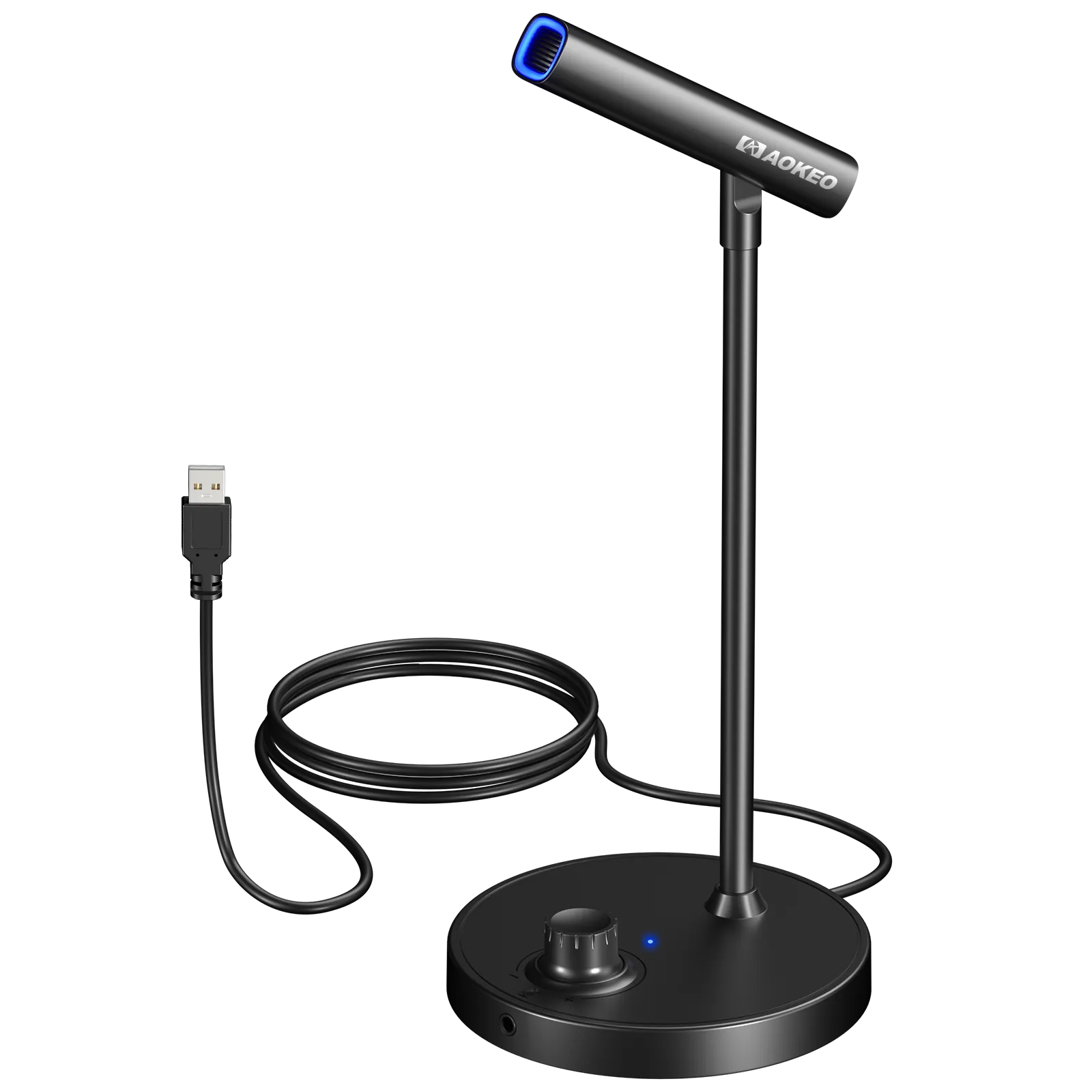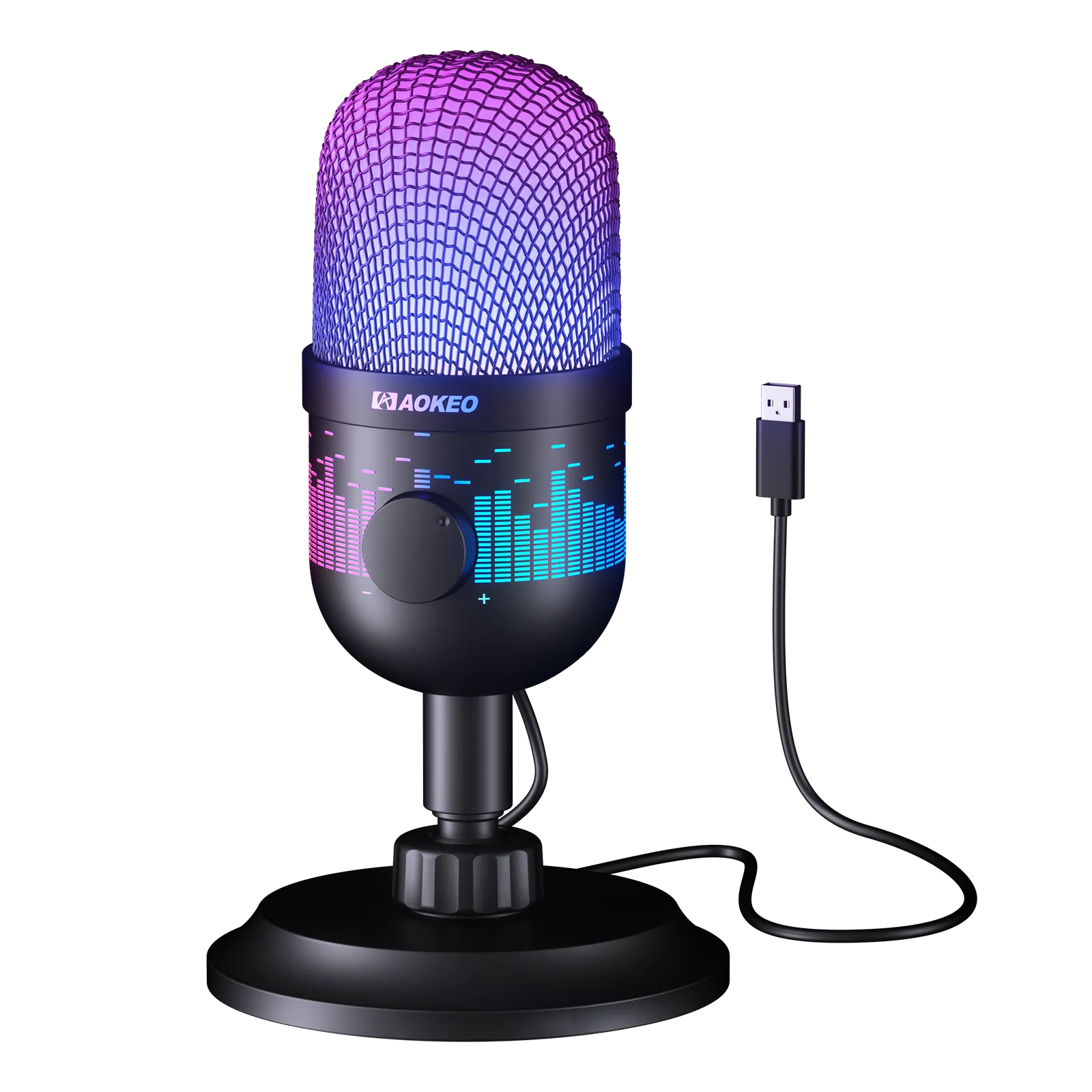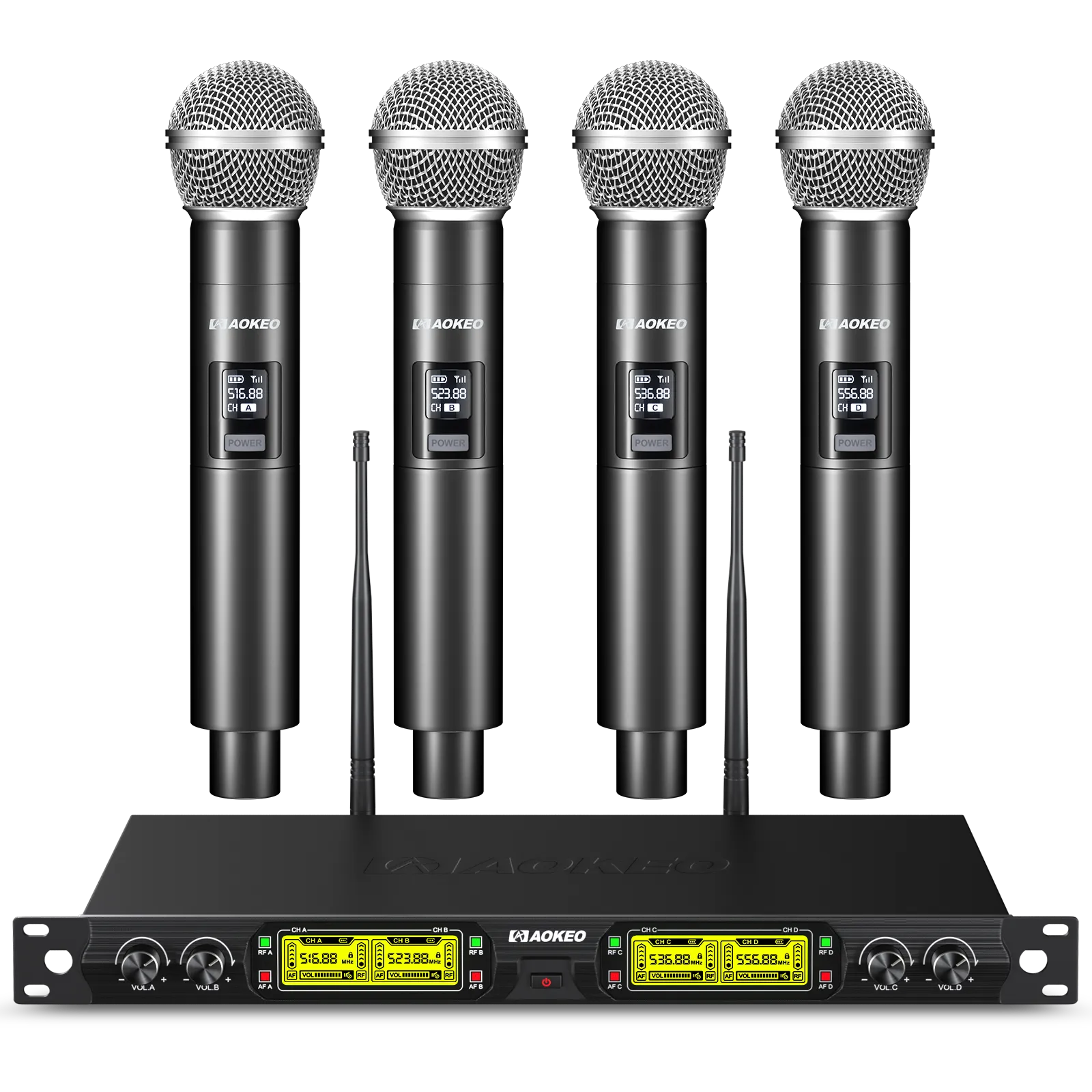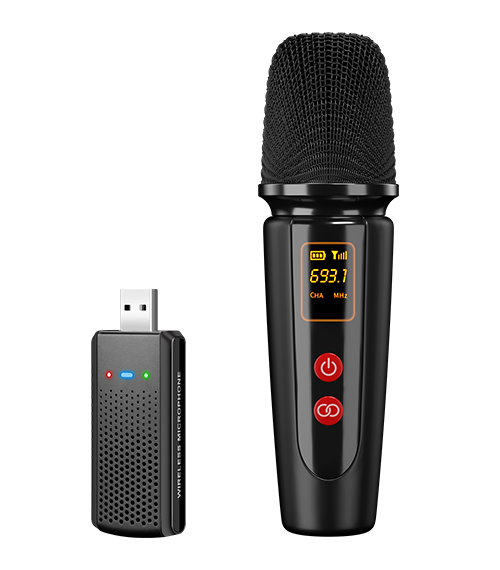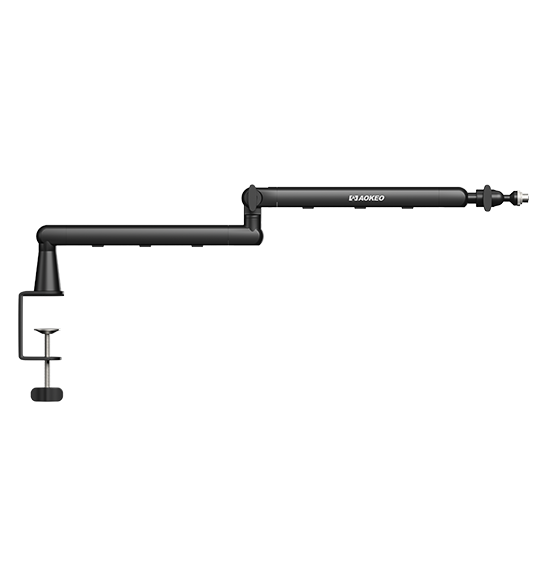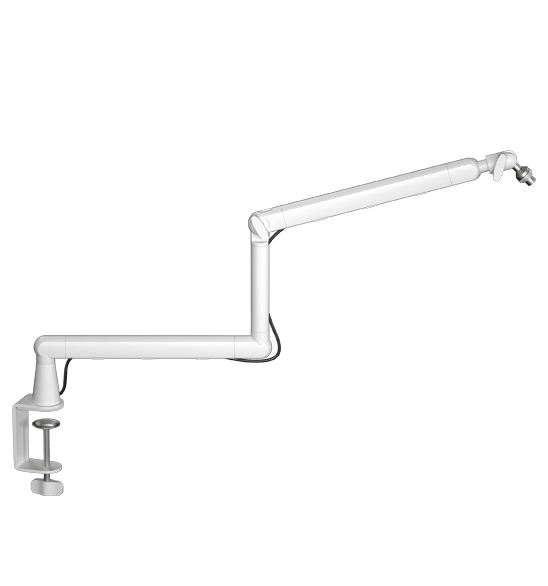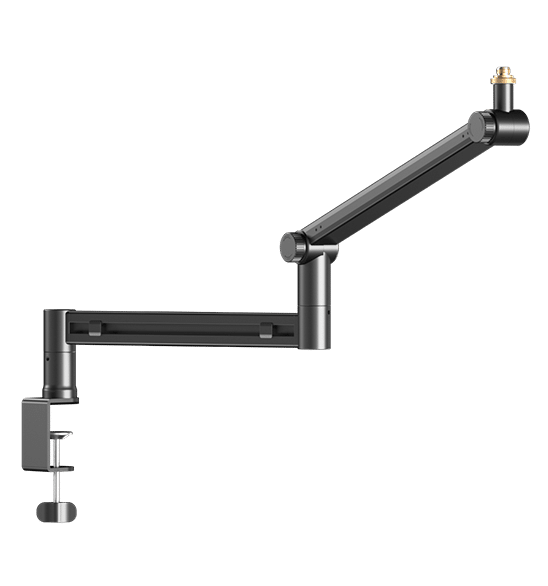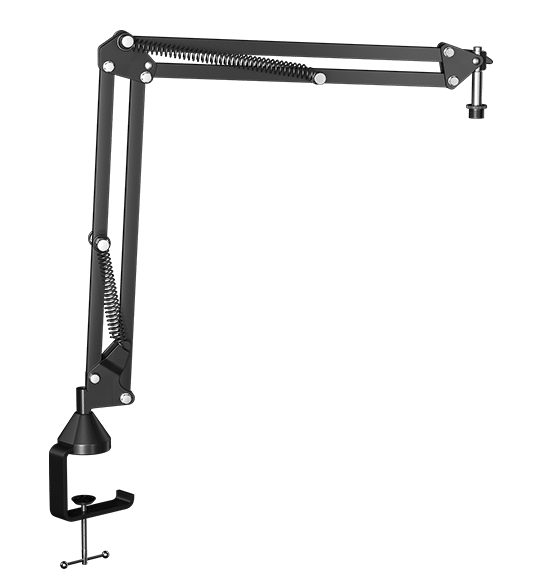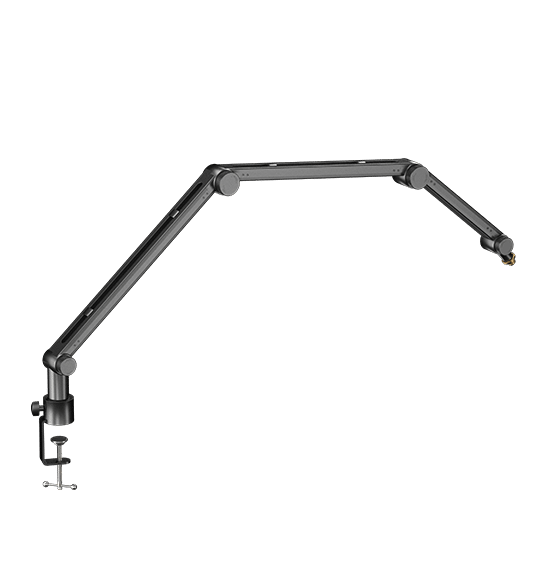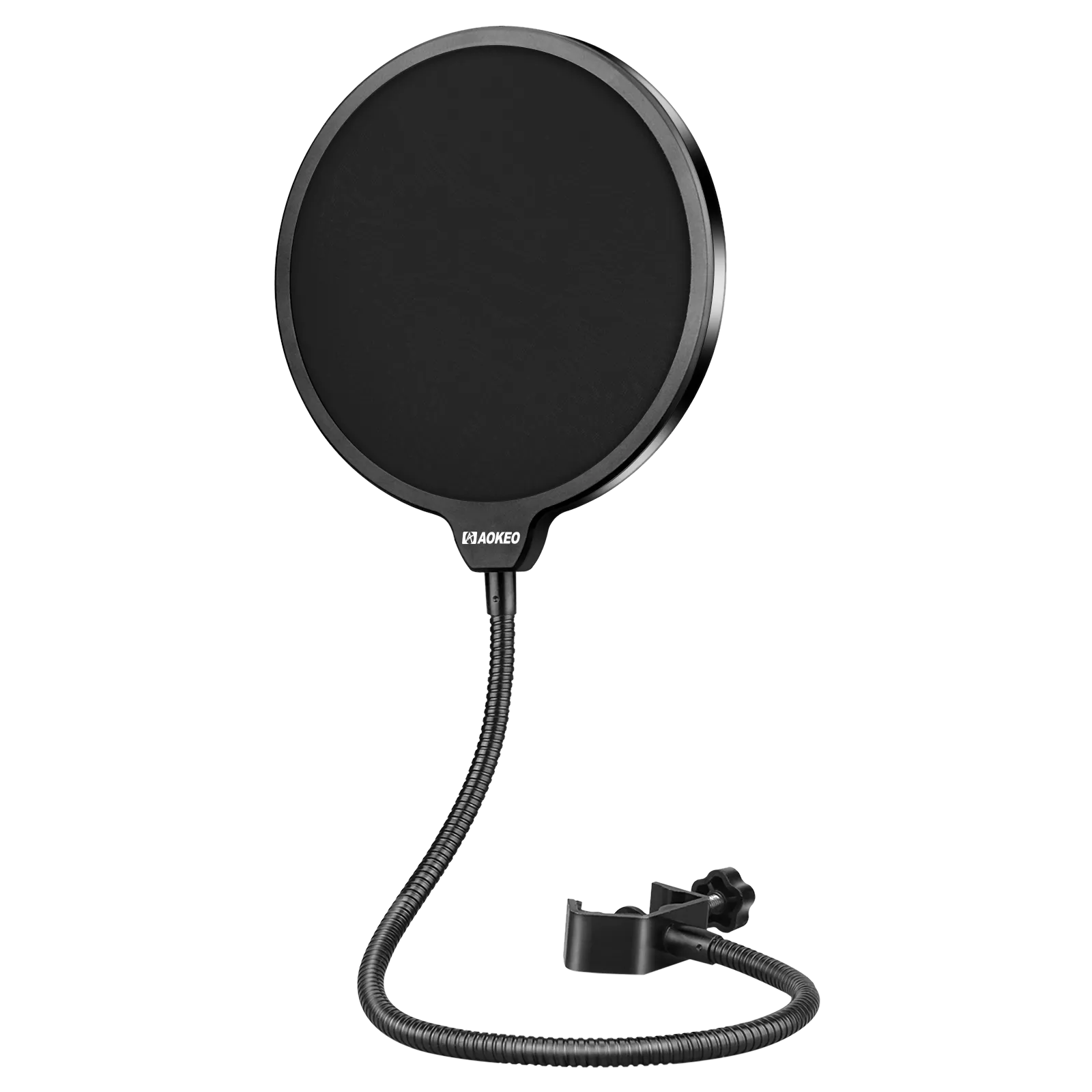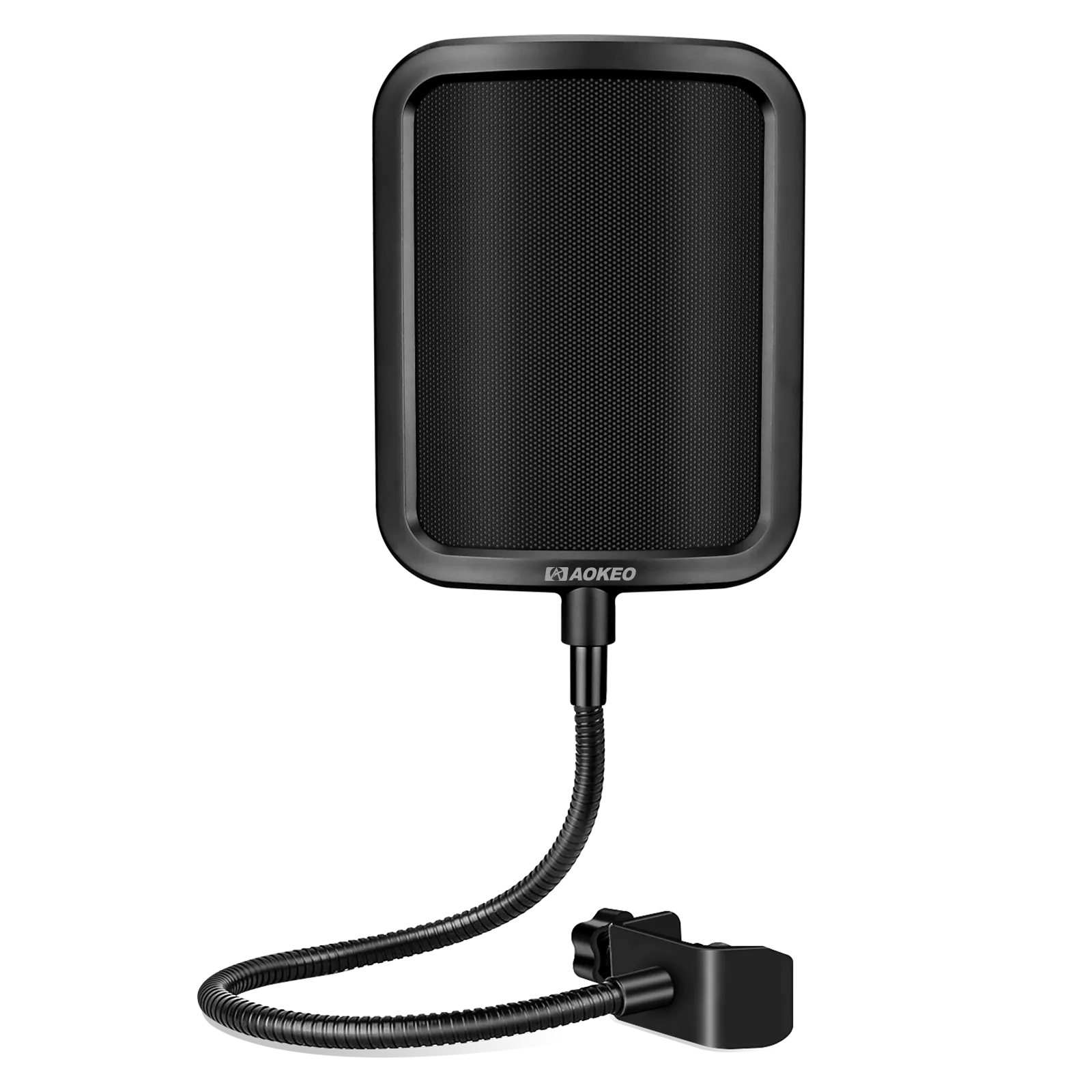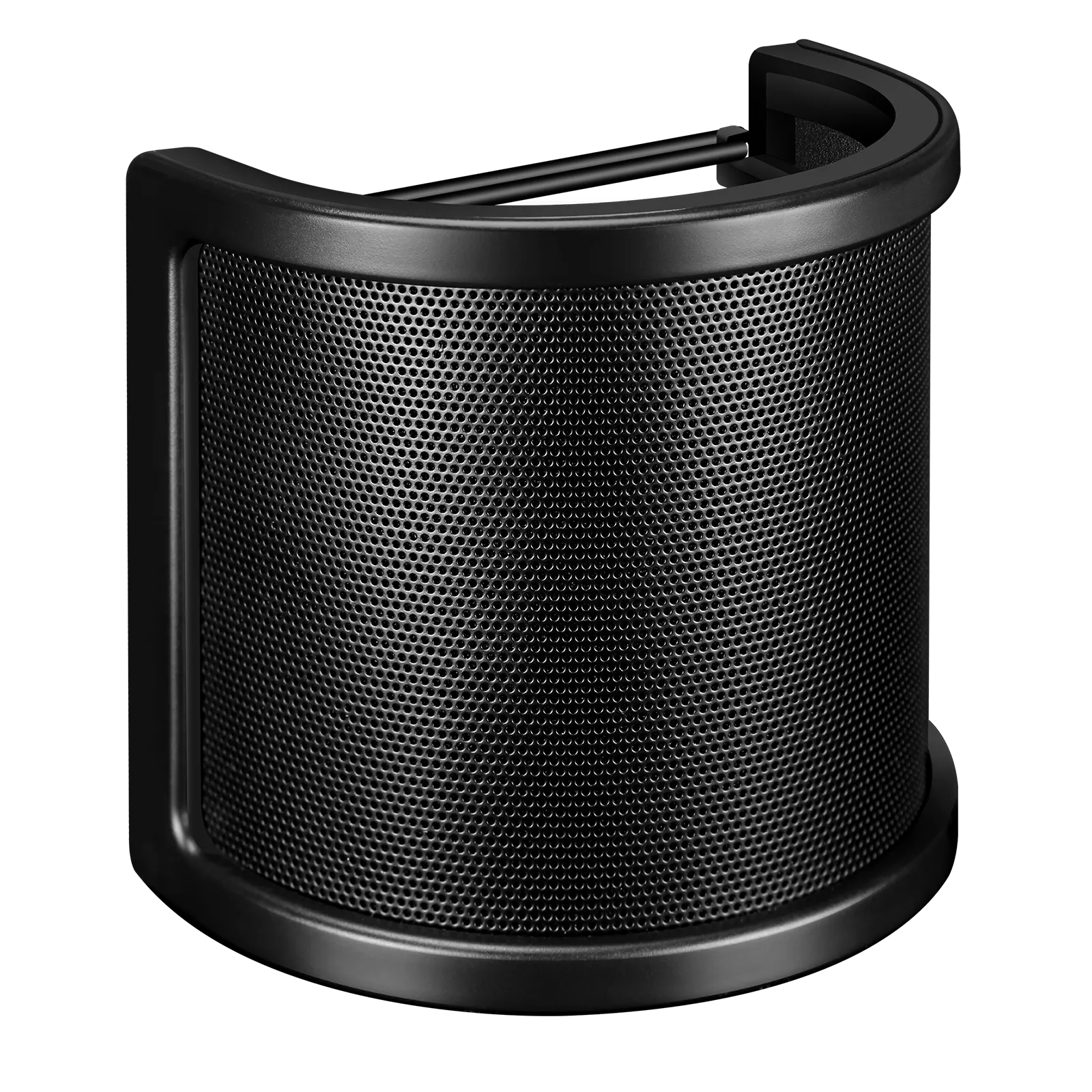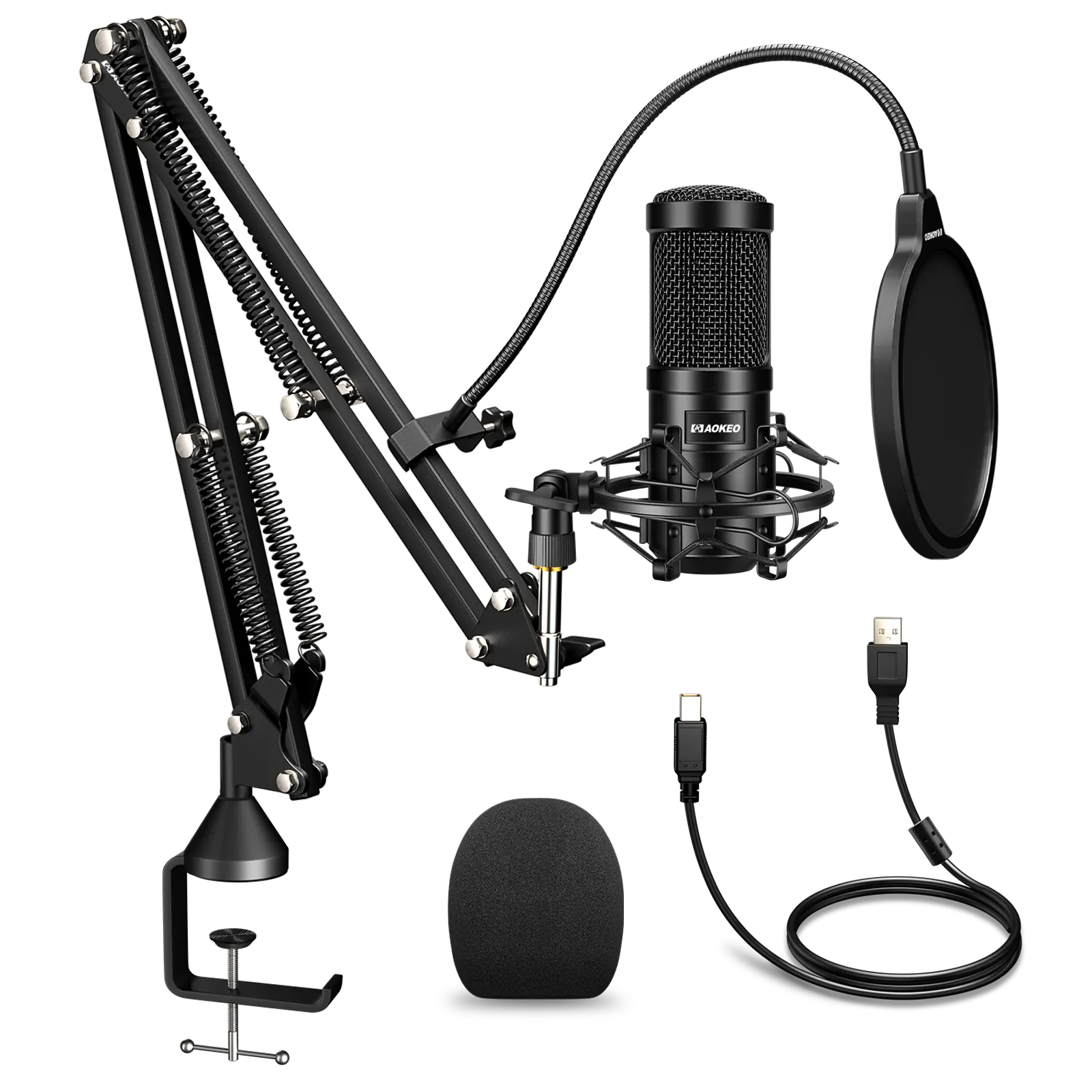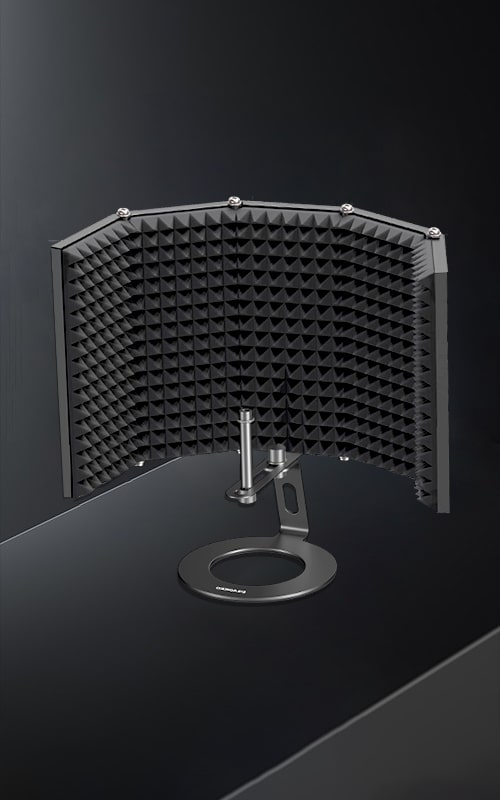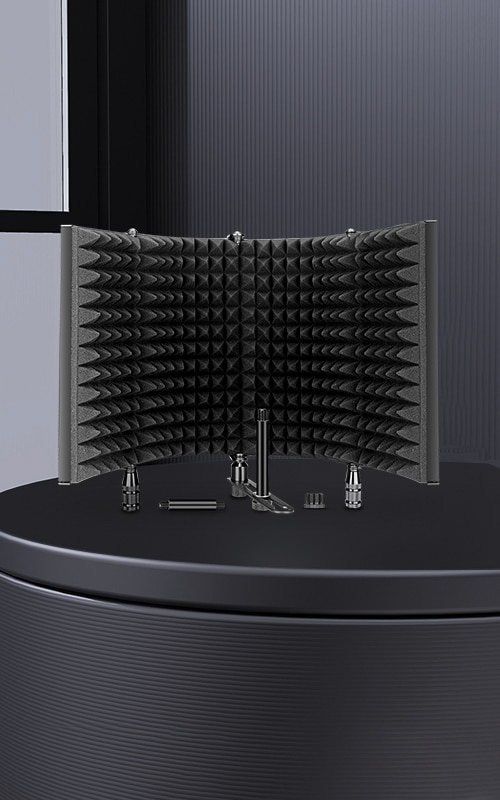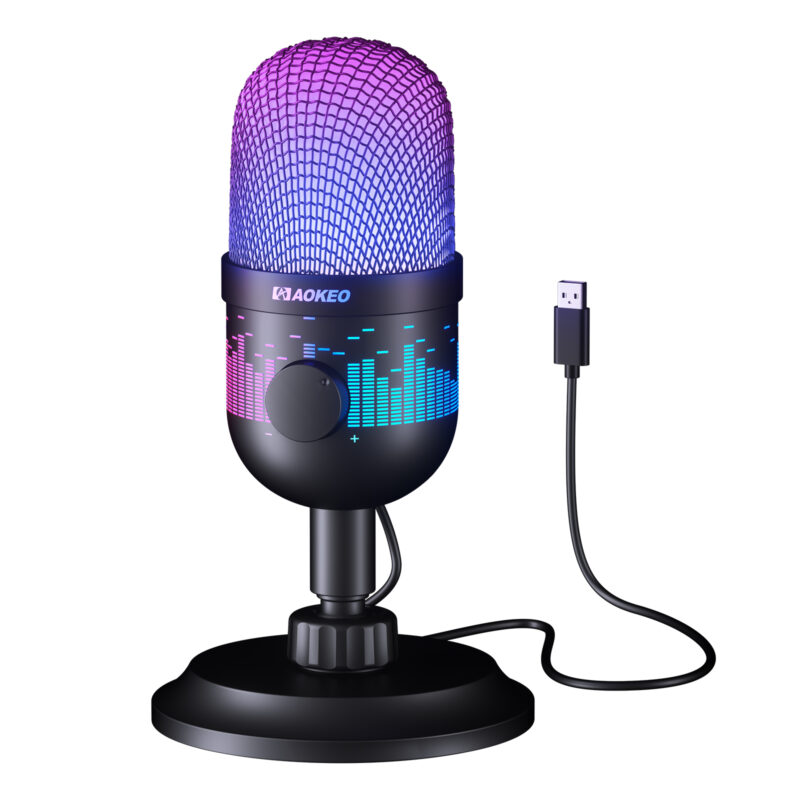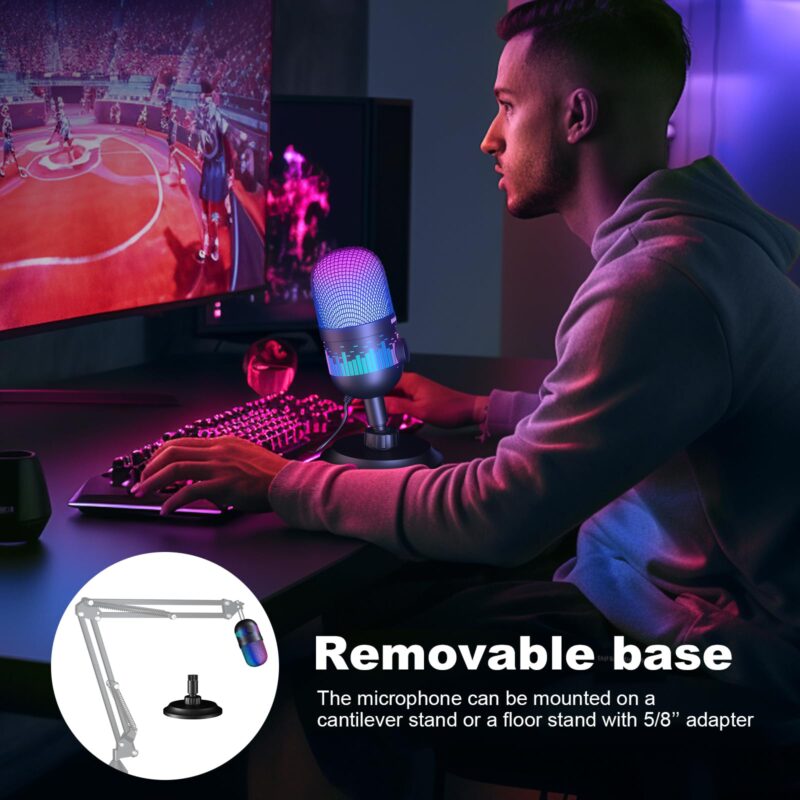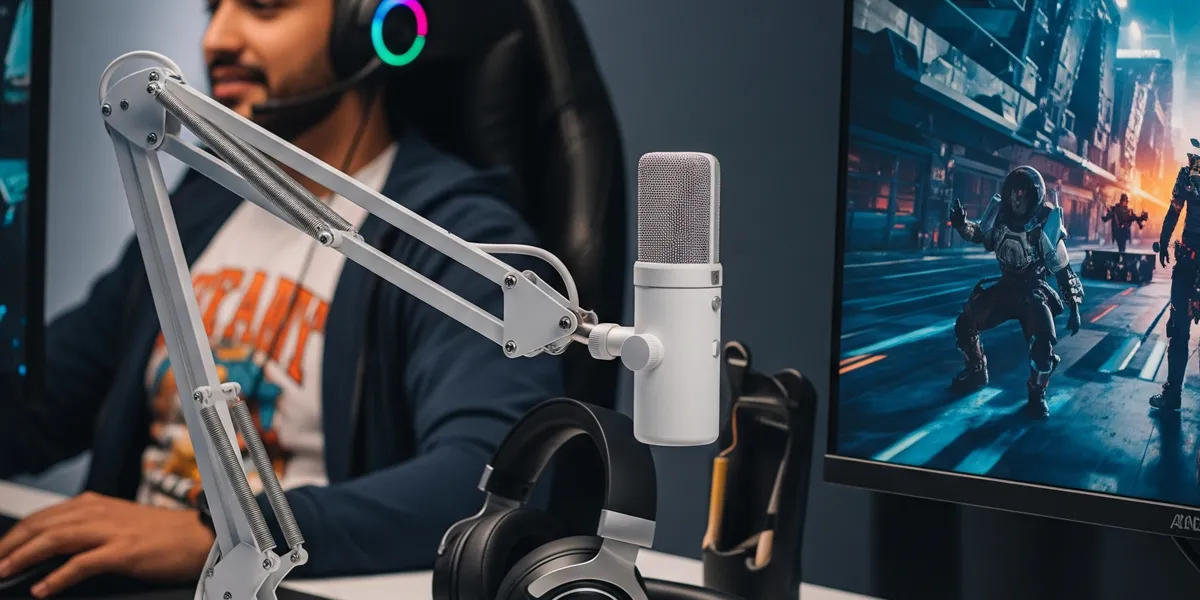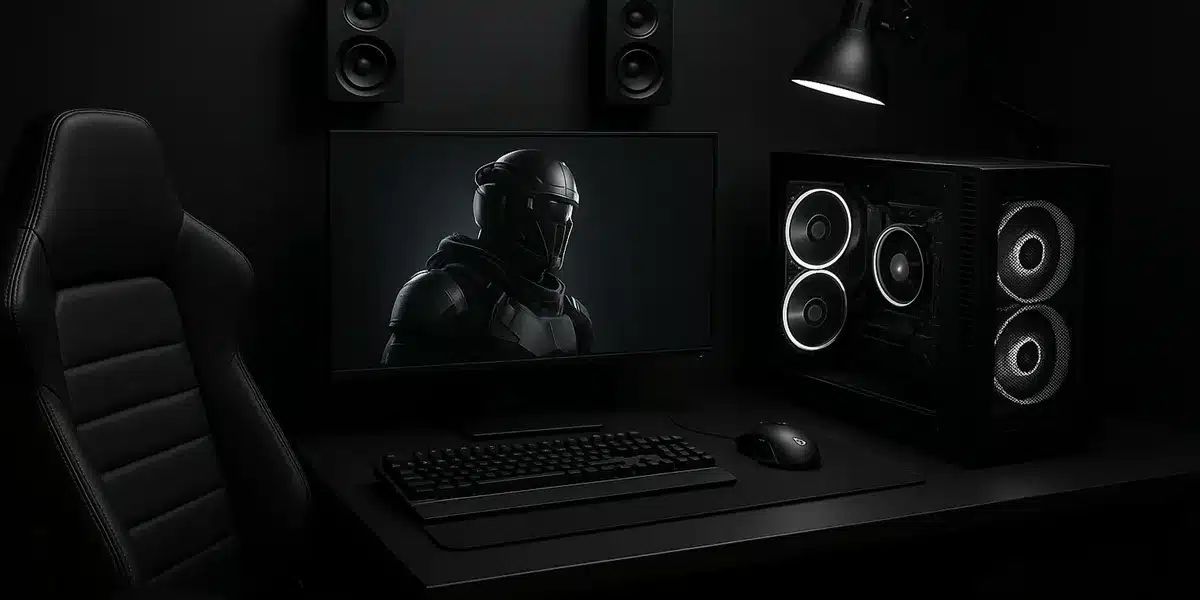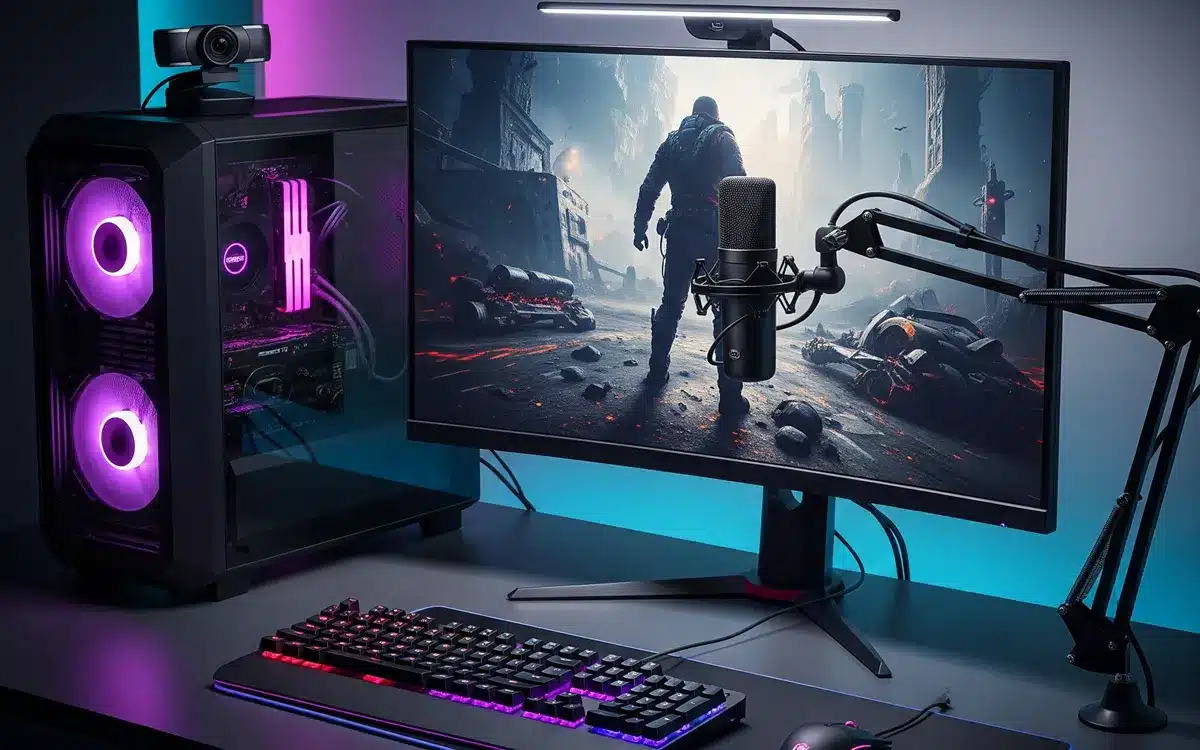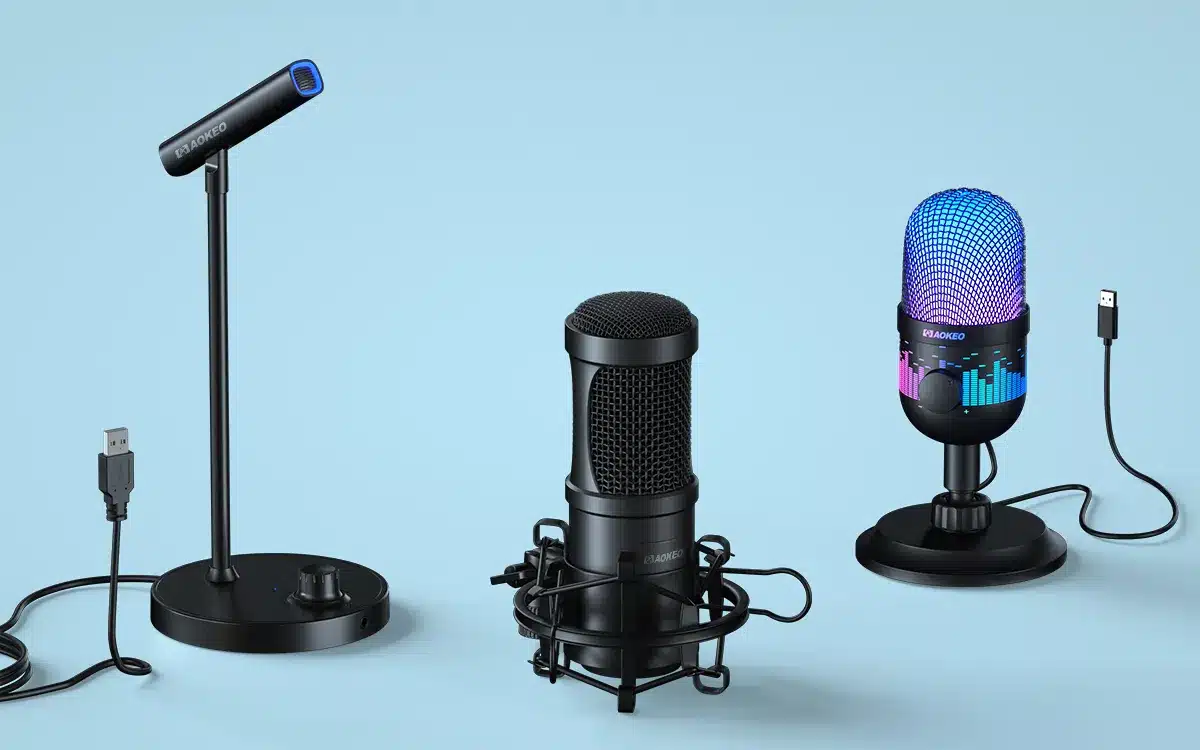Is It Possible To Use a Gaming Mic For Podcasting? Pros, Cons, And Tips
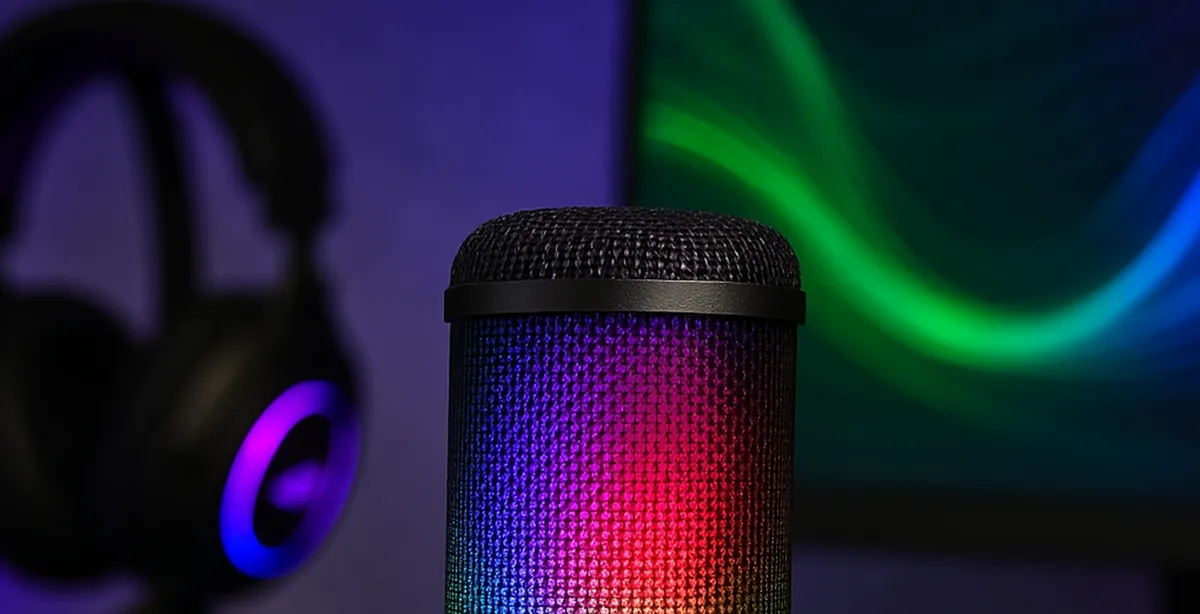
If you’re diving into podcasting, one of the first questions you might ask is: "Can I use my gaming microphone for this?"
After all, gaming headsets and mics are already designed for voice communication. Why invest in another device? Let’s break down whether a gaming mic can pull double duty for your podcast, and how to make it work if you decide to try.
Table of Contents
Gaming Mics vs. Podcasting Mics: What’s the Difference?
Gaming microphones are built for convenience and performance in fast-paced environments. They focus on clear voice capture, noise cancellation, and often include flashy features like RGB lighting.
However, podcasting mics prioritize studio-quality audio, nuanced frequency response, and advanced control over sound profiles. Here’s how they stack up:
- Sound Quality
Most gaming mics use USB connectivity and compressed audio formats to prioritize low latency over richness. While they sound great for Discord chats or streaming, they might lack the depth and warmth needed for professional podcasts. Dedicated podcasting mics (like XLR models) capture a wider frequency range, making voices sound fuller and more natural. - Background Noise Handling
Gaming mics often use directional cardioid patterns to isolate your voice from keyboard clicks or fan noise—a huge plus for podcasters recording in non-studio environments. However, cheaper models may still pick up subtle background sounds that require post-editing. - Durability and Flexibility
Podcasting mics are built for longevity and customization, with options to adjust gain, polar patterns, or add pop filters. Gaming mics, while durable, usually offer fewer settings and rely on software (like companion apps) for tweaks.
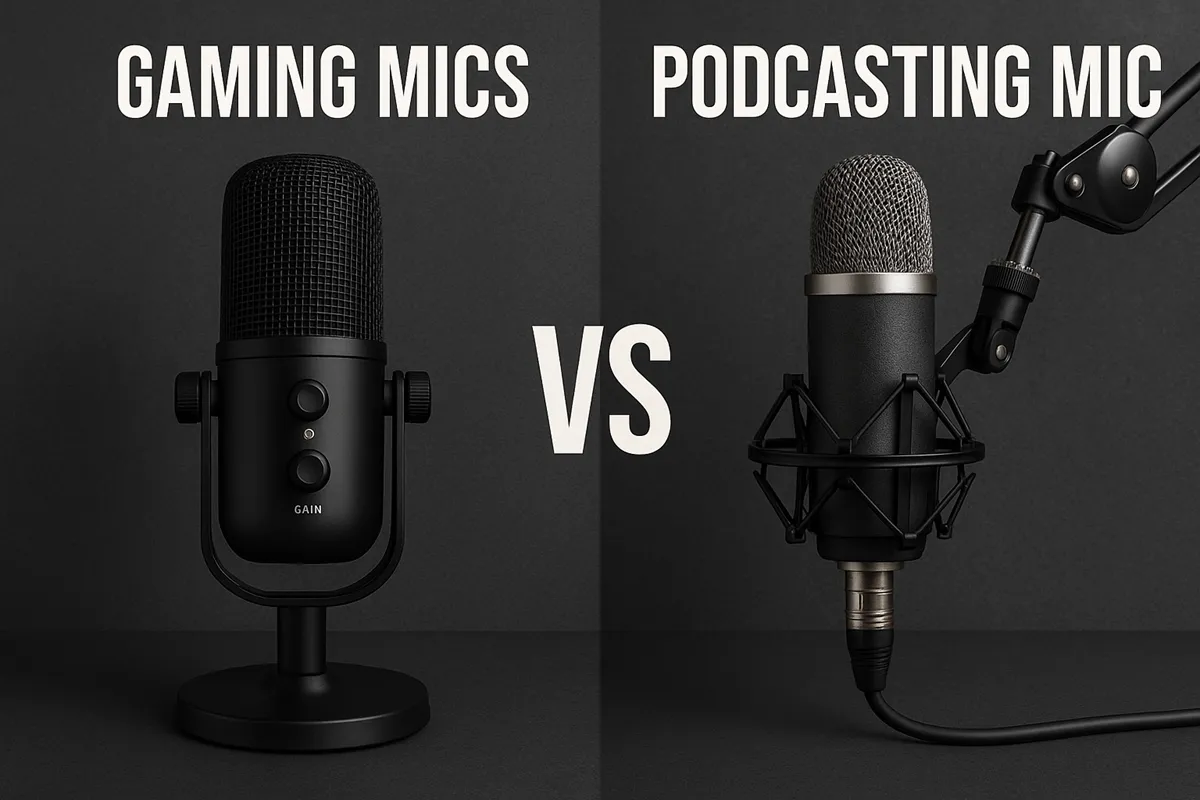
When Should You Use a Gaming Mic for Podcasting?
- You’re on a budget.
Gaming mics are often cheaper than studio-grade equipment. Gaming mics models like the AK-1i deliver surprisingly crisp audio at 1/3 the cost of studio mics. It rivals entry-level professional mics with directional pickup and decent bass response.
- You podcast casually or create short-form content.
For hobbyists, gaming mics are low-pressure starters. They handle YouTube commentaries, social audio snippets (TikTok/Reels), or weekly 30mins chats effortlessly. No need for XLR interfaces or complex editing, just focus on your flow.
- You prioritize speed and convenience.
USB plug-and-play setups (like most gaming mics) shine for solo recordings. One-click mute buttons, real-time monitoring jacks, and desktop stands get you rolling in <5 mins. Critical for late-night idea dumps or remote interviews needing quick deployment.
AK-1i USB Mic
$18.99Gaming USB Computer Microphone
Aokeo AK-1i USB condenser microphone provides you with excellent audio quality. It can automatically reduce background noise and restore your clear sound. Very suitable for games, podcasts, studios, and streaming media.
When to Upgrade to a Dedicated Podcasting Mic
Consider investing in a professional mic if:
① Your podcast involves co-hosts, guests, or interviews.
- Why: Entry-level gaming mics (e.g., USB headsets) struggle with room reflections, crosstalk, or uneven volume when capturing multiple voices.
- Solution: Pro-grade dynamic mics (e.g., Shure SM7B, Rode PodMic) isolate voices, reduce ambient noise, and allow for separate track editing.
② You want to future-proof your setup with XLR compatibility.
- Why: USB mics limit chain expandability; XLR mics integrate with preamps, mixers, or processors for studio-grade warmth and headroom.
- Example: Starting with a Shure SM58($99) + interface lets you later upgrade mics without replacing your entire setup.
- Bonus: XLR reduces electrical interference—no more USB "digital buzzing" in recordings.
③ You’re monetizing your show or targeting a professional audience.
- Why: Listeners and sponsors associate audio quality with credibility. A pro mic delivers richer lows, controlled sibilance, and consistent tone.
Pro Upgrade Scenarios Cheat Sheet
|
Situation |
USB Gaming Mic |
Dedicated Podcast Mic |
|---|---|---|
|
Solo recording |
Perfect |
Overkill |
|
2+ people in one room |
Crosstalk issues |
Essential |
|
ASMR/voice-acting |
Lacks depth |
Nuance capture |
|
Sponsorships/premium ads |
"Good enough" |
Expected standard |
|
Remote guest quality |
Uncontrolled |
Send guests kits |
Tips to Optimize a Gaming Mic for Podcasting
- Use noise-reduction software: Tools like Krisp or Audacity’s noise-removal filters can clean up background hiss.
- Position the mic correctly: Keep it 6–8 inches from your mouth and use a pop filter to minimize plosives.
- Experiment with equalization: Adjust bass/treble settings in your recording software to warm up your voice.
- Upgrade your environment: Add acoustic shields or record in a carpeted room to reduce echo.
Conclusion
Yes, you can start a podcast with a gaming microphone and for many creators, it’s a smart way to test the waters without overspending. However, as your audience grows, upgrading to a dedicated podcasting mic will give you more control over sound quality and a polished edge. Until then, focus on content, storytelling, and optimizing what you already own. After all, great ideas matter more than perfect audio… at least in the beginning!
Ready to hit record? Your gaming mic might just be your podcast’s first MVP.
